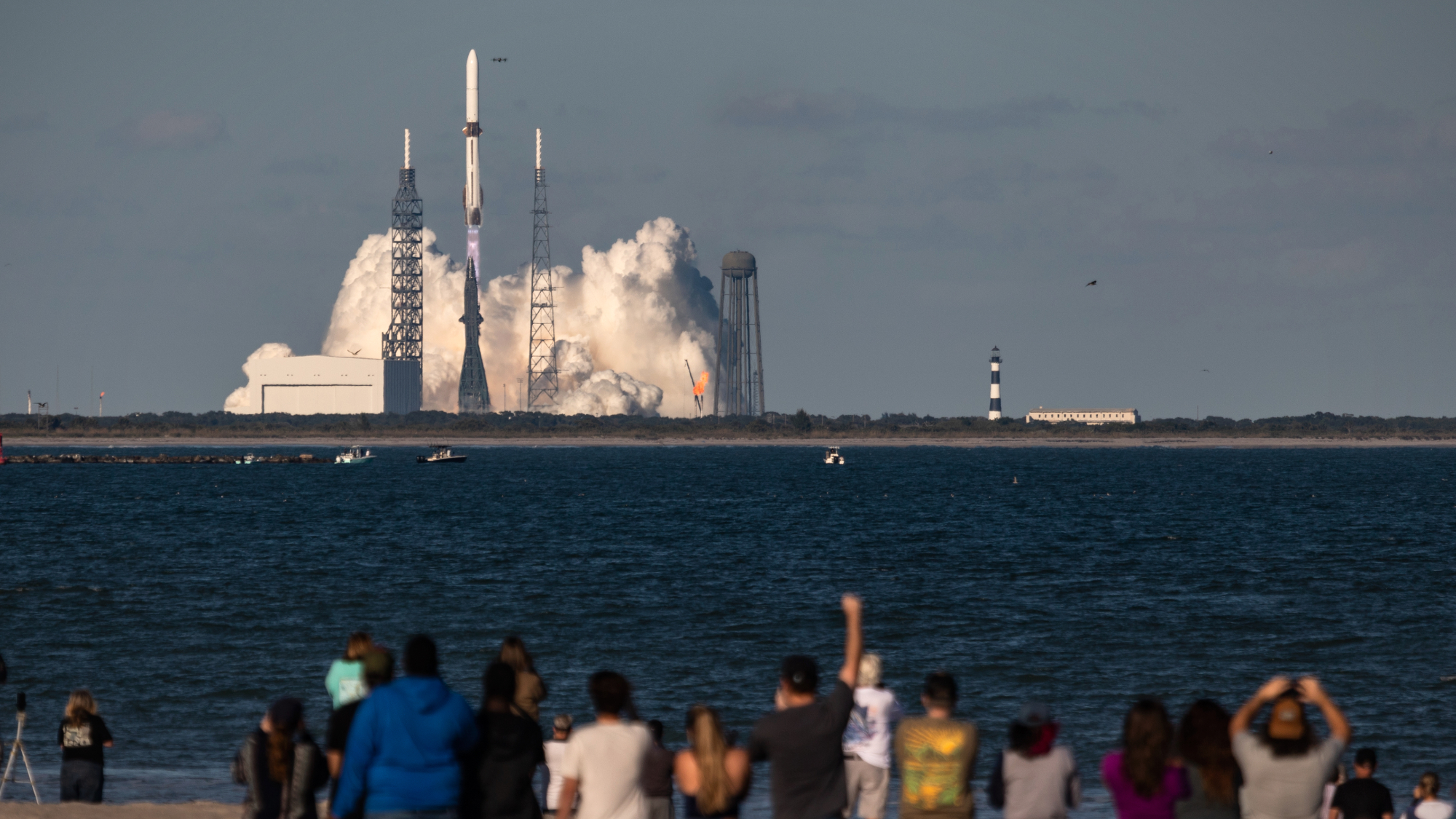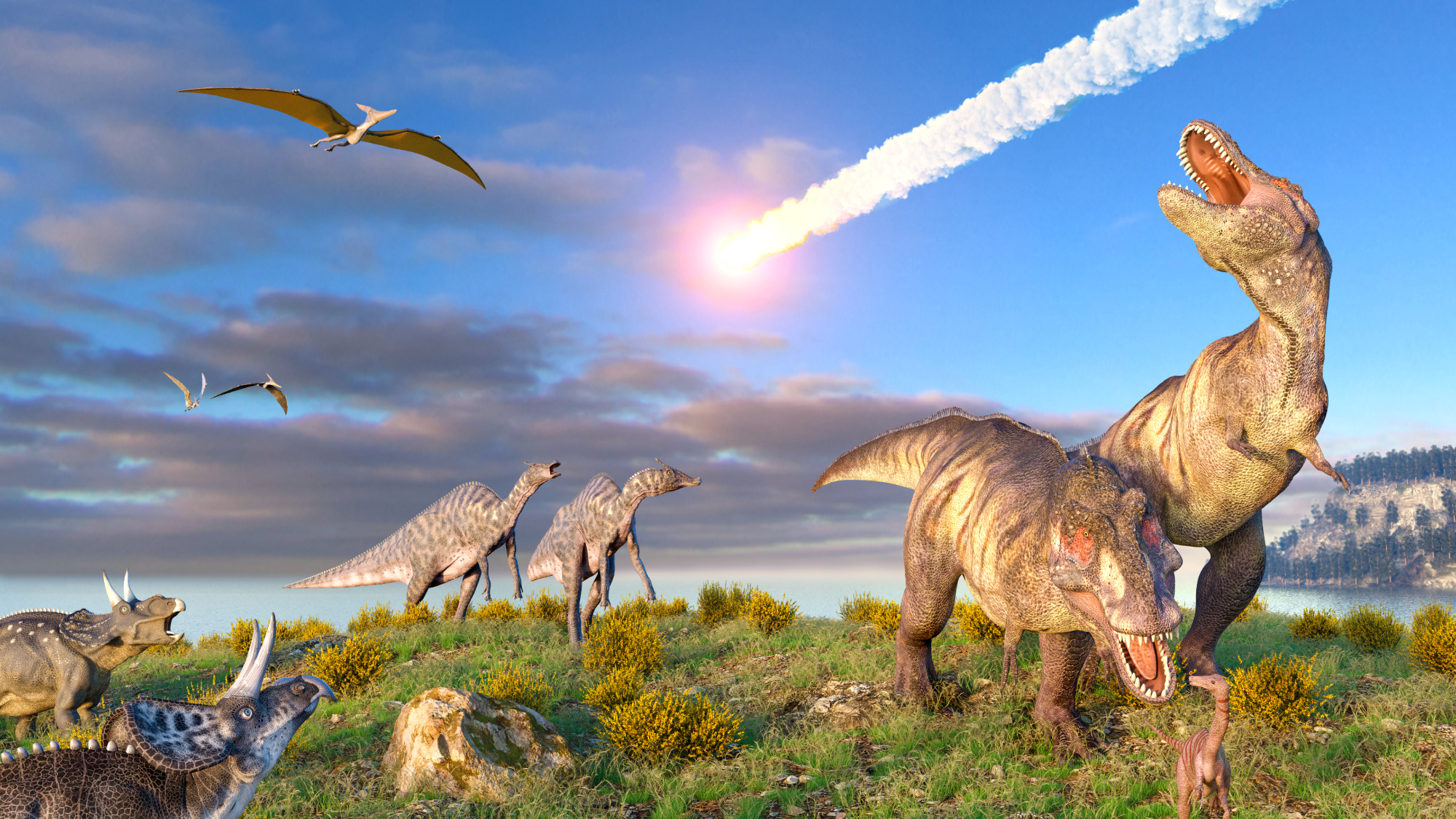New research suggests we were wrong about the origins of the moon

Is everything we know about how the moon was formed a lie?
Until the last decade, everyone pretty much agreed on the most likely theory on the formation of the moon. Back when Earth was young, a huge rock crashed into it, taking part of the Earth's mass with it and forming it as a satellite that orbits our planet. The "Giant Impact Hypothesis," as it's called, makes some sense — but recent analysis of moon rocks have put some holes in that theory.
Now, new research suggests a slightly different story for how the moon came into being: Maybe it was hot magma.
The Week
Escape your echo chamber. Get the facts behind the news, plus analysis from multiple perspectives.

Sign up for The Week's Free Newsletters
From our morning news briefing to a weekly Good News Newsletter, get the best of The Week delivered directly to your inbox.
From our morning news briefing to a weekly Good News Newsletter, get the best of The Week delivered directly to your inbox.
At the time of the "Giant Impact," this new theory says, the Earth may have been really, really hot — so hot that large parts of it were entirely molten. If the Earth was covered in an "ocean of hot magma," then it makes sense that the impact from another space rock could have actually launched huge amounts of the molten matter into space, thus forming the moon, NBC News explained. That would answer the question of why so much of the moon's makeup is so similar to Earth, rather than the other rock that supposedly formed it.
The research into magma's effect on the moon, published on Monday in Nature Geoscience, suggests that instead of hitting our planet full-on, the rock that crashed into it simply knocked it aside and went on its way. But under the force of such an impact, enough magma was propelled away from the surface of the Earth to form the entirety of the moon.
"The magma ocean is one of the most important things for the moon-forming giant impact," said the study's lead author, Natsuki Hosono. Learn more about this new development at NBC News.
A free daily email with the biggest news stories of the day – and the best features from TheWeek.com
Shivani is the editorial assistant at TheWeek.com and has previously written for StreetEasy and Mic.com. A graduate of the physics and journalism departments at NYU, Shivani currently lives in Brooklyn and spends free time cooking, watching TV, and taking too many selfies.
-
 Blue Origin launches Mars probes in NASA debut
Blue Origin launches Mars probes in NASA debutSpeed Read The New Glenn rocket is carrying small twin spacecraft toward Mars as part of NASA’s Escapade mission
-
 Dinosaurs were thriving before asteroid, study finds
Dinosaurs were thriving before asteroid, study findsSpeed Read The dinosaurs would not have gone extinct if not for the asteroid
-
 Panspermia: the theory that life was sent to Earth by aliens
Panspermia: the theory that life was sent to Earth by aliensUnder The Radar New findings have resurfaced an old, controversial idea
-
 SpaceX breaks Starship losing streak in 10th test
SpaceX breaks Starship losing streak in 10th testspeed read The Starship rocket's test flight was largely successful, deploying eight dummy satellites during its hour in space
-
 Rabbits with 'horns' sighted across Colorado
Rabbits with 'horns' sighted across Coloradospeed read These creatures are infected with the 'mostly harmless' Shope papilloma virus
-
 Lithium shows promise in Alzheimer's study
Lithium shows promise in Alzheimer's studySpeed Read Potential new treatments could use small amounts of the common metal
-
 Scientists discover cause of massive sea star die-off
Scientists discover cause of massive sea star die-offSpeed Read A bacteria related to cholera has been found responsible for the deaths of more than 5 billion sea stars
-
 'Thriving' ecosystem found 30,000 feet undersea
'Thriving' ecosystem found 30,000 feet underseaSpeed Read Researchers discovered communities of creatures living in frigid, pitch-black waters under high pressure


